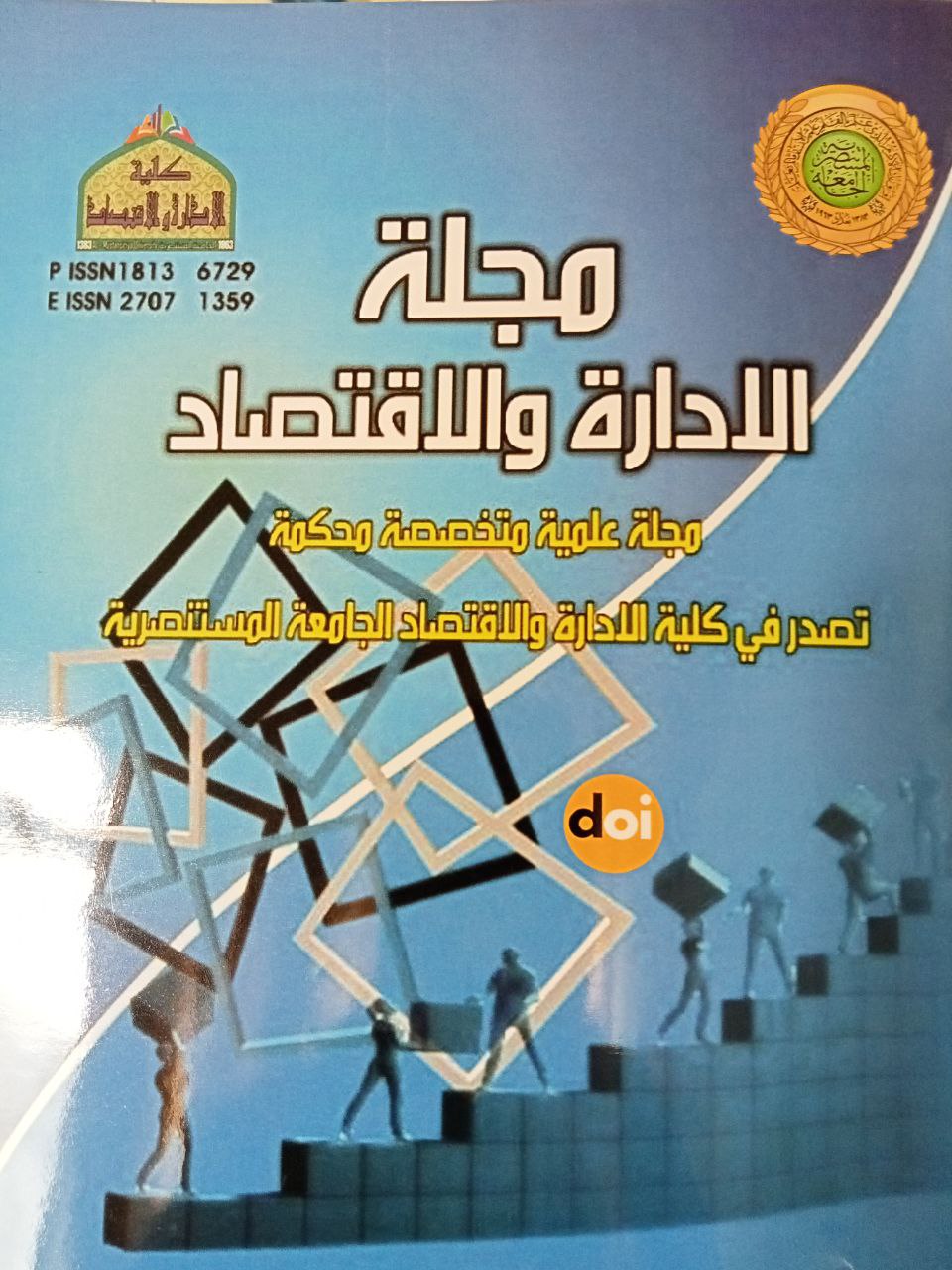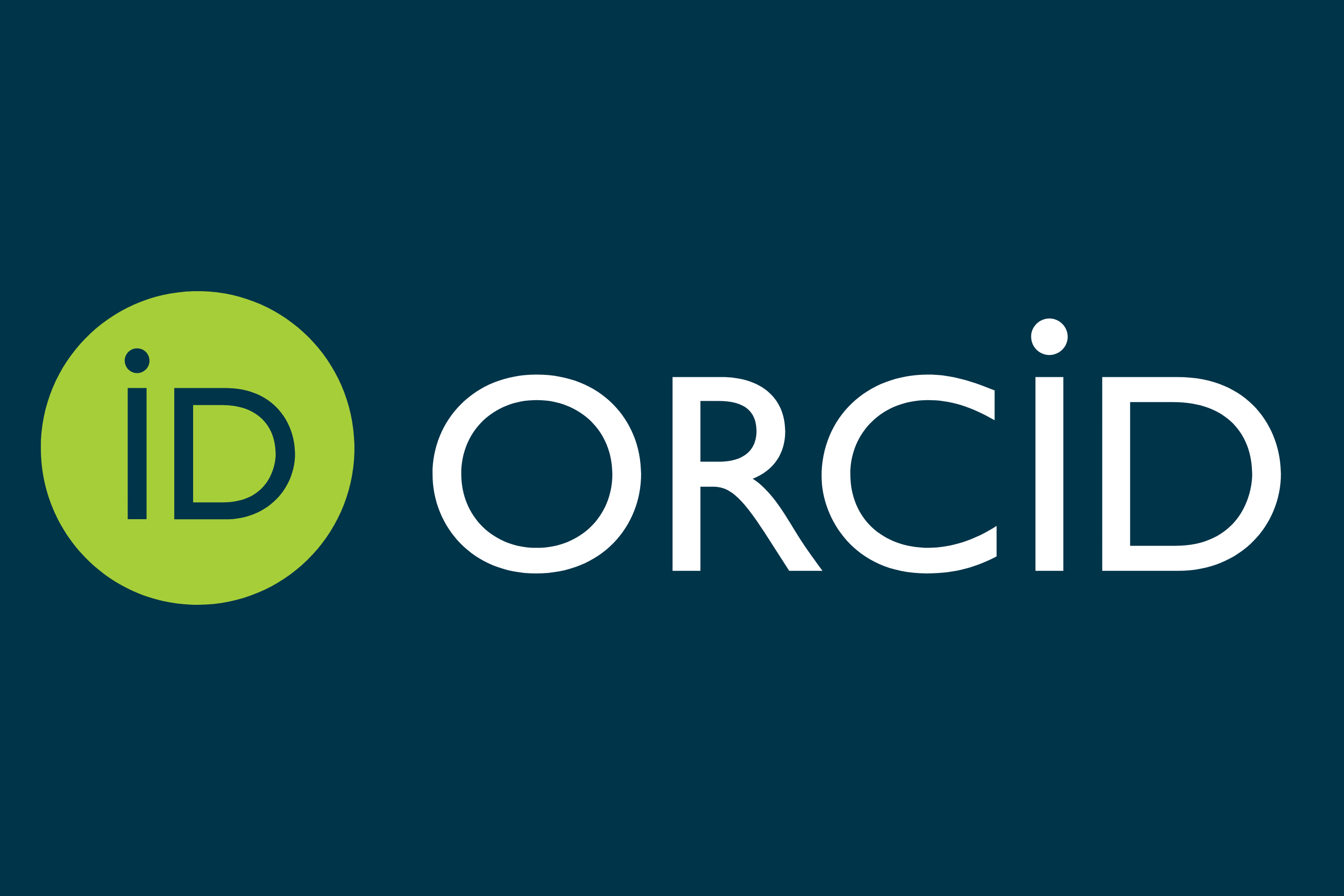أثر صدمات النفط، سعر الصرف ومعدل التضخم في الدين العام في العراق للمدة (1990-2020)
DOI:
https://doi.org/10.31272/jae.i135.1174الكلمات المفتاحية:
الدين العام، سعر النفط، سعر الصرف، التضخم، ARDL .الملخص
یعد الدین العام في العراق من المواضیع المهمة والحساسة مما یثیر اهتمام الباحثین لذا ركز البحث على محددات الدين العام في العراق لسلسلة زمنیة بین (1990-2020) وبأخذ مجموعة من المتغيرات الاقتصادیة الكلیة التي تؤثر علی الدین العام في العراق وذلك بالاعتماد علی البحوث والدراسات السابقة، ولتحقیق الغرض من البحث تم استخدام الاسلوب الوصفي التحلیلي لوصف متغيرات البحث إلى جانب استخدام الاسلوب الكمي لبناء النموذج الاقتصادي القیاسي للبحث بالاعتماد علی البرنامج Eviews12، وتوصل البحث إلی مجموعة من الاستنتاجات وكان من أهمها وجود علاقة طويلة الاجل بين متغيرات البحث وان العلاقة عكسية بين سعر النفط والدين العام، والعلاقة طردية بين كل من سعر الصرف ومعدل التضخم مع الدين العام، وأكدت كل الاختبارات على صحة ومنطقية النموذج المستخدم وكذلك على استقرارية هيكل النموذج.
التنزيلات
المراجع
- أحمد، سعد ابراهیم، (2021)، محددات الاقتصاد الكلي لنمو الدین العام فی مصر، مجلة الدراسات التجاریة المعاصرة، كلیة التجارة، جامعة كفر الشیخ، المجلد السابع، العدد (11) الجزء الثاني.
Acosta Ormaechea, S. (2020). Public Debt Dynamics and Intra-Year Exchange Rate Fluctuations. Public Debt Dynamics and Intra-Year Exchange Rate Fluctuations (November 2020).
Akitoby, M. B., Komatsuzaki, M. T., and Binder, M. A. J. (2014). Inflation and public debt reversals in the G7 countries. International Monetary Fund.
Aslanli, K. (2016). Lower Oil Revenues, Higher Public Debt: The Fiscal Policy Implications of Low Oil Prices in Azerbaijan. Caucasus Analytical Digest, 83, 11-15.
Banerjee, A., Dolado, J., and Mestre, R. (1998). Error‐correction mechanism tests for cointegration in a single‐equation framework. Journal of time series analysis, 19(3), 267-283.
Brown, R. L., Durbin, J., and Evans, J. M. (1975). Techniques for testing the constancy of regression relationships over time. Journal of the Royal Statistical Society: Series B (Methodological), 37(2), 149-163.
Brys, G., Hubert, M., and Struyf, A. (2004). A robustification of the Jarque-Bera test of normality. In COMPSTAT 2004 Symposium, Section: Robustness.
Chouraqui, J. C., Jones, B., and Montador, R. B. (1986). Public debt in a medium-term perspective. OECD Economic Studies, 7, 103-139.
Da Silva, C. E. S., and Vernengo, M. (2007). Foreign Exchange, Interest and the Dynamics of Public Debt in Latin America (No. 2007_02). University of Utah, Department of Economics.
Forslund, K., Lima, L., and Panizza, U. (2011). The determinants of the composition of public debt in developing and emerging market countries. Review of Development Finance, 1(3-4), 207-222.
Fukunaga, I., Komatsuzaki, M. T., and Matsuoka, H. (2019). Inflation and Public Debt Reversals in Advanced Economies. International Monetary Fund.
Greene, William H. (2002). Econometric Analysis, 5th Edition, Stern school of business, New York University.
Guscina, A. (2008). Impact of macroeconomic, political, and institutional factors on the structure of government debt in emerging market countries.
Höflmayr, Martin (2022). European parliamentary research service, Members' Research Service, Inflation explained: What lies behind it and what lies ahead? PE 733.564 – July 2022.
Hoque, M. M., and Yusop, Z. (2010). Impacts of trade liberalisation on aggregate import in Bangladesh: An ARDL Bounds test approach. Journal of Asian Economics, 21(1), 37-52.
Mabro, R. (1984). On oil price concepts. Oxford Institute for Energy Studies.
McGregor, T. (2019). Pricing Sovereign Debt in Oil-Rich Economies.
Muye, I. M., Kaita, R. A., and Hassan, A. F. S. (2017). Debt and economic growth in an oil rich economy: Evidence from Saudi Arabia. International Journal of Economics and Financial Issues, 7(4), 70-75.
Okiemy, M., and Mbongo, K. G. (2021). Effects of the Oil Shocks, Interest Rate, and Current Account Balance on the Sovereign Debt of CEMAC Member Countries. Modern Economy, 12(01), 194.
Reda, A. M., and Nourhan, E. (2020). Using the ARDL bound testing approach to study the inflation rate in Egypt. Economic consultant, (3), (31), 24-41.
Swamy, V. (2015). Government debt and its macroeconomic determinants–an empirical investigation. Available at SSRN 2601875.
Van Bon, N. (2015). The relationship between public debt and inflation in developing countries: Empirical evidence based on difference panel GMM. Asian Journal of Empirical Research, 5(9), 128-142.

التنزيلات
منشور
إصدار
القسم
الرخصة
مجلة الإدارة والاقتصاد هي مجلة مفتوحة المصدر حيث تكون جميع محتوياتها مجانية. تخضع مقالات هذه المجلة لشروط ترخيص المشاع الإبداعي المنسوب إلى المؤلف (CC-BY 4.0) (https://creativecommons.org/licenses/by/4.0/legalcode) الذي يسمح للمرخص لهم دون قيود بالبحث عن النص الكامل للمقالات أو تنزيله أو مشاركته أو توزيعه أو طباعته أو ربطه به، وفحصه للفهرسة وإعادة إنتاج أي وسيلة للمقالات بشرط أن ينسبوا إلى المؤلفين الفضل في ذلك (الاستشهاد). تسمح المجلة للمؤلفين بالاحتفاظ بحقوق الطبع والنشر لمقالهم المنشور.
. Creative Commons-Attribution (BY)









